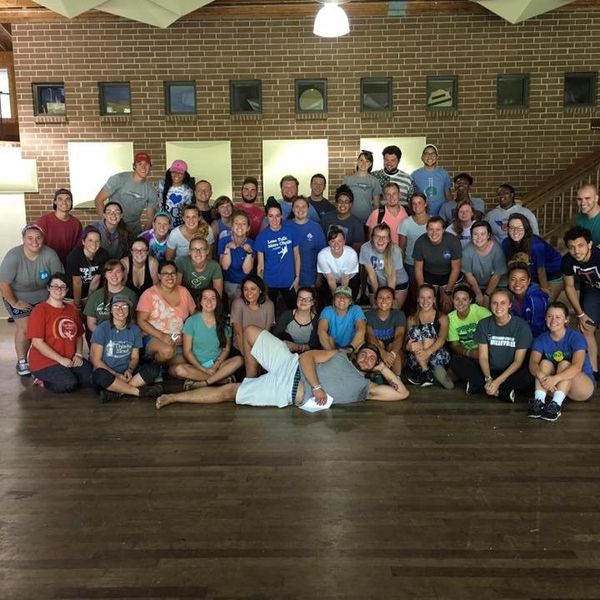Studying for high school and college are not the same. Do not let people fool you. In high school you could usually get along without hardcore studying. As long as you looked at the Quizlet your friend made the night before, you were good to go. Sadly, if you hit college with that same attitude, you will be disappointed. That was me. I was the overconfident student who thought she didn't have to study very hard for her first Psychology test. As a result, I was beyond disappointed when I got my grade back. I had to learn how to study the way that would work for me. Click here to take a quiz to find out what exactly your learning style is! It is different for everyone, but here are some learning styles and tips for each one!
Visual Learner
If you are a visual learner, there are a few things you can do to solidify your learning and studying. Like above, tables and diagrams can really help explain and organize information in an approachable way. Sometimes exchanging words for symbols can help too. I know I always substitute arrows instead of using "increase" or "decrease." The arrows are more engraved in my memory than any words could be. Additionally, color coding can help too. You can choose one color for each topic on the test to help you remember related ideas. Anything that makes notes more visually appealing, will appeal to a visual learner!
Auditory Learner
Auditory learners learn, like it sounds, through listening. It can also include talking. For some, it helps the most to not only listen to the information but also talk about it. If you have to explain to someone, chances are you will understand it better. Even better, if you study with other auditory learners, they can learn audibly while you teach them orally. A win-win! Another thing to do is read your notes aloud. Again, there is a double purpose here too. You can record this and replay it until you learn the material. For this type of learner, it is really helpful to get a study group together!
Reading/Writing Style
I think of this style as a combination between both visual and auditory. This is the learning style that most professors ten to appeal. Their advice is to write, write, write and rewrite some more. In all honesty, this actually works. There is research that supports this theory. For me, I always copy my notes onto flashcards. If that doesn't help enough, I write it again and again on a white board. Going through the flashcards you make or rereading your notes is also a choice for this learning style. I find this works the best for me. Maybe it will work for you too!
Kinesthetic
Kinesthetic learners can also be referred to as tactile learners. This does not necessarily mean that everything needs to be hands on, but if you have that chance it is recommended. When it comes to more abstract ideas, it helps to turn them into real life examples. Also, using pictures and diagrams to map out harder concepts can help too. Again, this helps me learn as well. I have anatomy class right now, and when I read about a function or body part, I touch it and feel how it moves. It may feel weird, but it really helps.
These are only the four main learning styles. Of course, there are many others and combinations of a few. You need to find what works for you. This is just a guideline of what research has found so far. College is hard and just gets harder, sadly. We're all in this together, so I hope this helps!

























